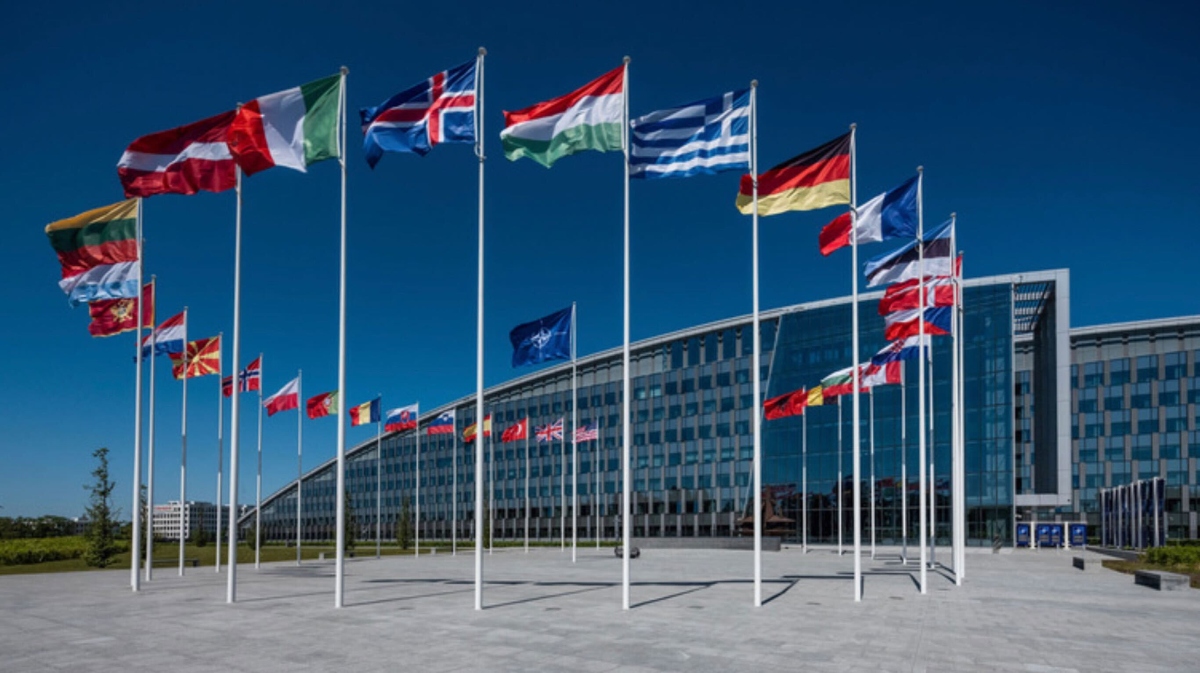Comments
- No comments found

As the North Atlantic Treaty Organization (NATO) commemorates its 75th anniversary, the occasion prompts reflection on its evolution amidst a rapidly changing geopolitical landscape.
Initially formed by 12 member nations in 1949, NATO has expanded significantly, welcoming new members and confronting emerging threats. However, the Alliance now faces a host of new challenges, including the resurgence of war in Europe with the Russian invasion of Ukraine.
The recent conflict underscores the continued relevance of NATO as a defensive alliance, as member nations grapple with how best to support Ukraine while upholding collective security. NATO's response to the crisis has been multifaceted, with discussions underway to establish an aid fund for Kyiv worth €100 billion over five years. Secretary General Jens Stoltenberg emphasizes the need for reliable and long-term military assistance for Ukraine, highlighting the Alliance's commitment to defending its members and promoting stability in the region.
Despite these challenges, NATO has demonstrated resilience and adaptability in the face of adversity. The Alliance has overcome policy hurdles and renewed its focus on collective defense, garnering support from member nations and strengthening partnerships beyond its traditional sphere. Notably, Sweden and Finland have joined NATO after decades of neutrality, signaling a shift in the geopolitical landscape of Europe.
However, NATO's evolution is not without internal tensions and unresolved issues. Divergent interests among member countries pose challenges to cohesive decision-making, while bureaucratic inefficiencies and overlapping responsibilities with the European Union persist. Additionally, sensitive issues such as Turkey's ambiguous stance and tensions with Hungary and Poland remain unresolved, highlighting the complexities of NATO's internal dynamics.
Looking ahead, NATO must navigate potential destabilizing factors, including the uncertain political landscape in the United States. While the return of a Trump administration could present challenges, European states have increasingly taken steps towards self-sufficiency and greater cooperation, mitigating the risk of a breakdown in transatlantic relations. Moreover, NATO member states have demonstrated their commitment to defense spending, with over half meeting the guideline of investing at least 2% of GDP in defense.
NATO's 75th anniversary serves as a reminder of its enduring significance in promoting security and stability in an ever-changing world. As the Alliance confronts new threats and navigates internal challenges, it remains a cornerstone of collective defense and a symbol of transatlantic cooperation. By adapting to evolving threats and strengthening partnerships, NATO is poised to continue its vital role in safeguarding peace and security for years to come.
Leave your comments
Post comment as a guest